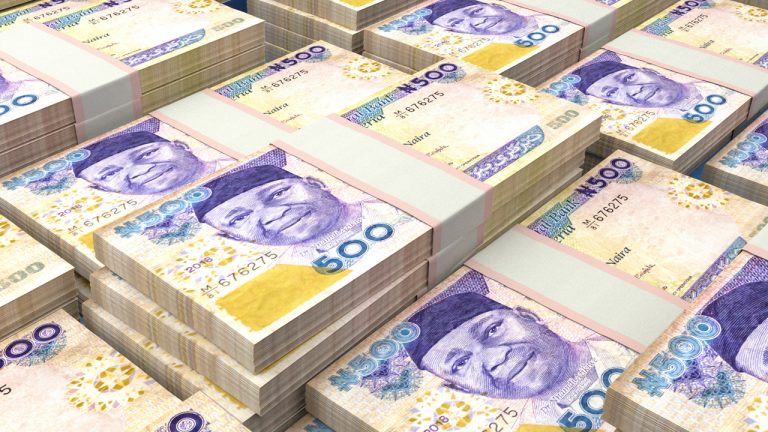Forex Shortages Blamed After Nigerian Currency Hits New Low Versus the US Dollar

A surge in the demand for foreign exchange and the general scarcity of the resource may be the reasons why the naira currency recently slumped to a new all-time low of 735 versus the U.S. dollar, a report has said. One Nigerian currency dealer said he expects the naira to further depreciate to 750 per dollar in October.
Foreign Exchange Scarcity
On September 29, the Nigerian currency lost further ground versus the greenback after the naira’s parallel market exchange rate slumped to 735 units per dollar. The naira’s latest plunge came just days after the Central Bank of Nigeria (CBN) announced a 150 basis points (bps) upward adjustment of the monetary policy rate (MPR).
As reported by Bitcoin.com News just before the CBN’s interest rate increase, one U.S. dollar bought 720 nairas on the foreign exchange parallel market. The Central Bank of Nigeria has in the past suggested that the naira’s fall may be linked to the activities of currency speculators.
However, according to a report in the Business Post, the naira’s latest plunge is potentially tied to the scarcity of foreign exchange as well as the surge in the demand for this resource. As explained in the report, the over 95% increase in forex requests on the official market — from $119.49 million to $223.30 million — may have played a part in accelerating the naira’s fall to a new all-time low.
Naira Official Exchange Still Unchanged
To back the assertions that foreign exchange shortages have also contributed to the currency’s fall, the report quotes a currency dealer from the Egbeda area of Lagos State in Nigeria. The currency dealer said:
We have not been able to get dollars at the banks and other sources.
Another dealer, Alhaji Isa, reportedly implored Nigerian residents to convert their savings to the greenback “because, with the rate things are going, it [the parallel exchange rate] might hit N750/$1 next month.”
Despite the many reports suggesting that the naira’s losing ground versus other currencies on the forex parallel market, the CBN continues to peg the naira’s official exchange rate at just under 440 units of the local currency for every dollar. This, in turn, has seen the gap between official and parallel market exchange rates widen to 65%, the currency’s largest gap since 2016.
Register your email here to get a weekly update on African news sent to your inbox:
What are your thoughts on this story? Let us know what you think in the comments section below.



